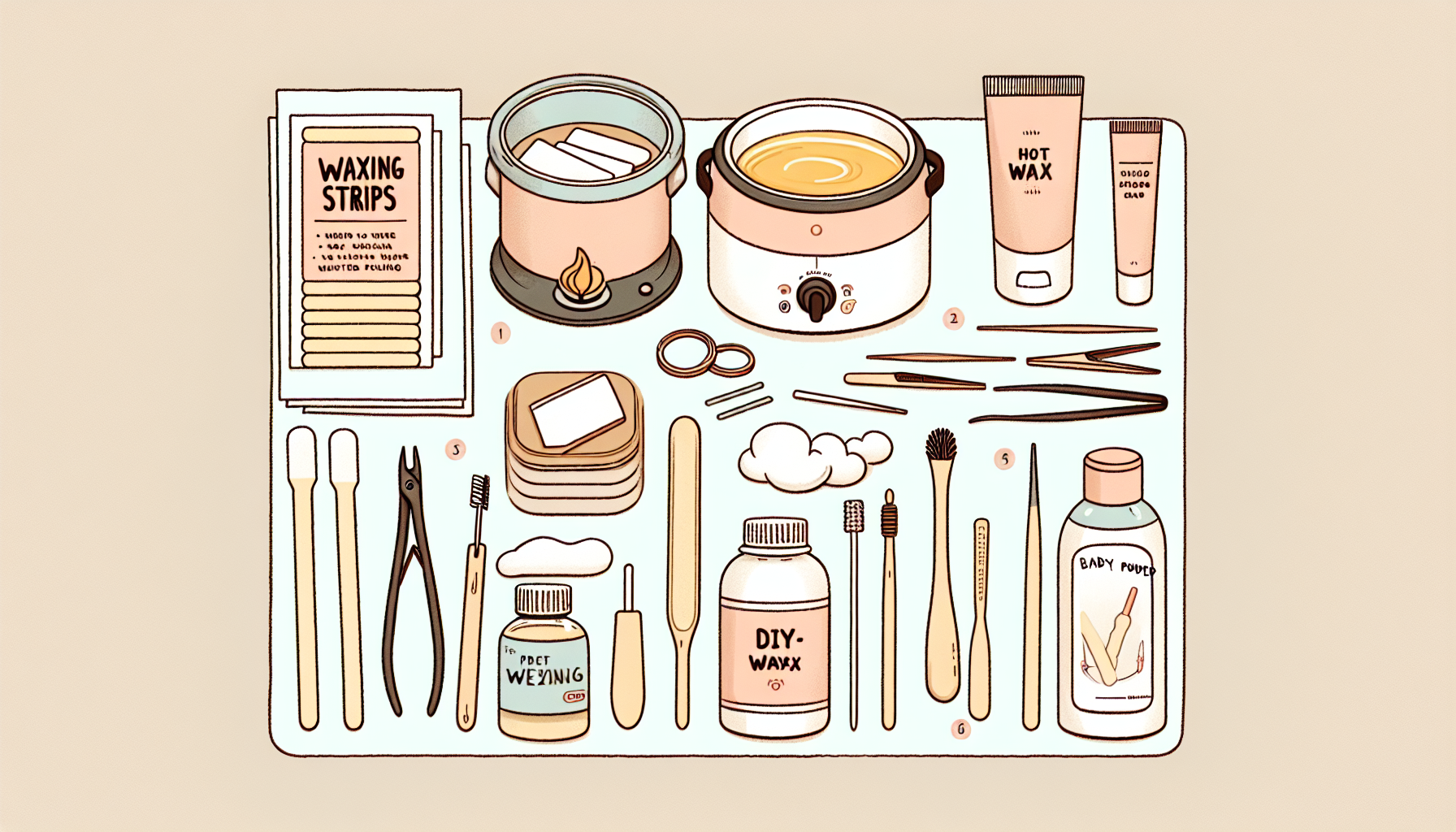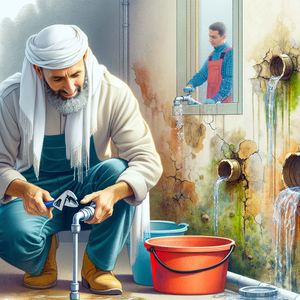The Art of Car Waxing: Techniques for a Flawless Finish

Before diving into the techniques, it’s essential to understand what car wax is and why it matters. Car wax is typically made from natural or synthetic materials that create a barrier on your car's surface. This barrier shields the paint from harmful UV rays, contaminants, and moisture, which can lead to oxidation and paint degradation over time. Regular waxing can help maintain your car’s finish, making it look newer for longer.
Benefits of Regular Waxing
1. Protection: Wax acts as a barrier against harmful elements such as UV rays, bird droppings, tree sap, and road grime, preventing them from damaging the paint. 2. Enhanced Appearance: A freshly waxed car has an attractive shine that enhances the color and depth of the paint, making the vehicle look well-maintained. 3. Easier Cleaning: Waxed surfaces repel water and dirt, making it easier to wash your vehicle and reducing the frequency of deep cleaning. 4. Increased Resale Value: A car that has been well-maintained, including regular waxing, can fetch a higher resale value.
Tools Needed for Waxing
To achieve a flawless finish, you’ll need the right tools. Here’s a list of essentials: 1. Quality Car Wax: Choose a wax that suits your vehicle's paint type—natural carnauba wax for that deep, warm shine or synthetic wax for durability. 2. Microfiber Towels: These are crucial for both applying and buffing off the wax. Their soft texture prevents scratching. 3. Applicator Pads: Foam or microfiber applicator pads are best for spreading the wax evenly. 4. Detailing Brush: Useful for getting into tight spaces and removing dust or debris before waxing. 5. Pressure Washer or Hose: To wash your car thoroughly beforehand.
Step-by-Step Waxing Technique
1. Preparation: Start by washing your car thoroughly to remove dirt, grime, and old wax residues. Use a pH-neutral car soap to avoid damaging the paint. 2. Drying: After washing, dry your vehicle completely using microfiber towels. Water spots can interfere with the waxing process. 3. Inspect the Surface: Look for any scratches, swirls, or blemishes that may need attention. Consider using a clay bar treatment to remove embedded contaminants. 4. Application: Take your applicator pad, apply a small amount of wax in the center, and spread it evenly in circular motions. Work on one panel at a time to ensure even coverage. 5. Buffing: Once the wax has dried to a haze (typically 5-10 minutes), use a clean microfiber towel to buff off the wax, again in circular motions. This will reveal the shine and provide a smooth finish. 6. Final Touches: Use the detailing brush to remove any wax residue in tight areas such as grilles, around badges, and in wheel wells.
Common Mistakes to Avoid
Even seasoned car enthusiasts can make mistakes while waxing. Here are some pitfalls to watch out for: - Applying Wax on a Hot Surface: Waxing in direct sunlight or on a hot surface can cause the wax to dry too quickly, making it difficult to buff off. - Using Too Much Wax: More isn’t always better. Using excessive wax can lead to a cloudy finish and can be challenging to remove. - Neglecting to Maintain Tools: Dirty applicators or towels can transfer grime back onto the paint, negating the benefits of waxing.
Professional Detailing vs. DIY Waxing
While DIY waxing can be rewarding and cost-effective, professional detailing services offer a level of expertise that can enhance the outcome. Professional detailers have access to advanced products and techniques that may not be available to the average car owner. They can also address issues like paint correction, which might be outside the scope of a DIY project. However, for those who enjoy the process and wish to save money, learning the right waxing techniques can yield impressive results.
Waxing your car is an art that combines science, technique, and a bit of passion for automotive care. By understanding the tools needed, mastering the application technique, and avoiding common mistakes, you can achieve a flawless finish that not only enhances your car's appearance but also extends the life of its paint. Whether you choose to do it yourself or seek professional help, the effort you put into waxing will pay off in the form of a beautiful, well-protected vehicle. So roll up your sleeves, gather your materials, and get ready to give your car the shine it deserves!
Automotive Detailer
Auto detailing shops, car dealerships, mobile detailing services
Core Responsibilities
Perform exterior and interior cleaning, waxing, and polishing of vehicles to achieve a pristine finish.
Inspect vehicles for damages and communicate findings to management or customers.
Utilize specialized tools and products for detailing, including clay bars and steam cleaners.
Required Skills
Strong attention to detail and a passion for automotive aesthetics.
Familiarity with different types of car wax and detailing products.
Basic knowledge of automotive care techniques and customer service skills.
Paint Correction Specialist
High-end auto detailing shops, automotive restoration companies, luxury car dealerships
Core Responsibilities
Assess vehicle paint for imperfections, including scratches and swirls, and execute corrective measures.
Utilize advanced techniques and tools, such as rotary polishers and dual-action polishers, to restore paint to its original condition.
Apply protective coatings post-correction to maintain the vehicle's finish.
Required Skills
Extensive knowledge of paint types and the effects of environmental factors on vehicle surfaces.
Proficiency in using polishing equipment and a keen eye for detail.
Experience in customer consultations to explain processes and results.
Automotive Service Advisor
Dealership service departments, automotive service centers, detailing franchises
Core Responsibilities
Serve as the primary point of contact for customers seeking vehicle maintenance and detailing services.
Assess customer needs and recommend appropriate services and products based on vehicle condition.
Manage appointments and follow up with customers post-service to ensure satisfaction.
Required Skills
Strong communication and interpersonal skills to effectively interact with clients.
Knowledge of automotive care products and services, including waxing and detailing.
Ability to manage schedules and provide excellent customer service.
Mobile Detail Technician
Independent mobile detailing businesses, franchises, car wash services
Core Responsibilities
Travel to customer locations to perform detailing services, including washing, waxing, and interior cleaning.
Maintain a mobile unit equipped with necessary tools and products for on-site detailing.
Build relationships with clients to encourage repeat business and referrals.
Required Skills
Self-motivation and time management skills to effectively manage a mobile business.
Knowledge of various detailing techniques and customer service practices.
Ability to work independently and solve problems on the go.
Automotive Care Product Sales Representative
Automotive supply companies, detailing product manufacturers, distribution firms
Core Responsibilities
Promote and sell automotive care products, including waxes, sealants, and detailing supplies to retailers and professionals.
Educate clients on product benefits and proper application techniques through demonstrations and training sessions.
Gather market feedback and collaborate with product development teams to enhance offerings.
Required Skills
Strong sales and negotiation skills with a willingness to engage clients.
Knowledge of automotive care products and their applications in detailing.
Experience in building relationships with clients and understanding their needs.


